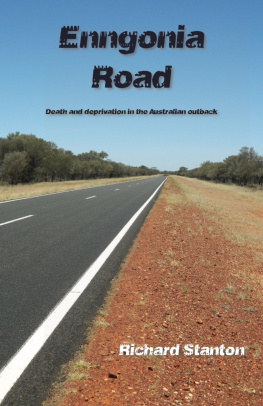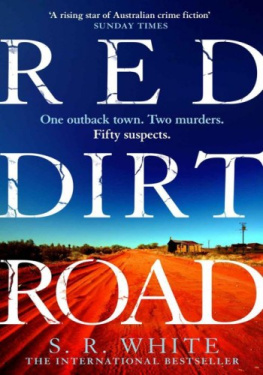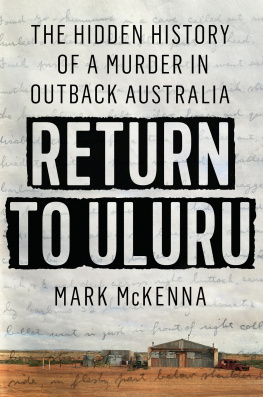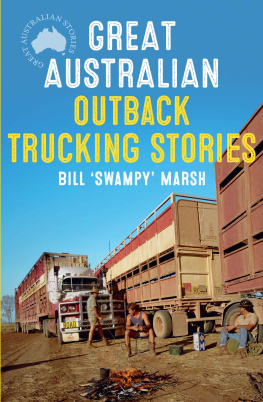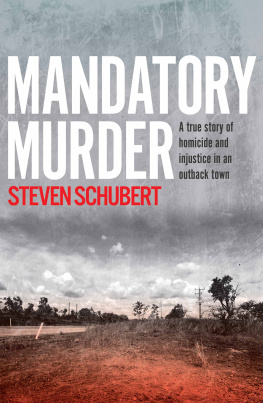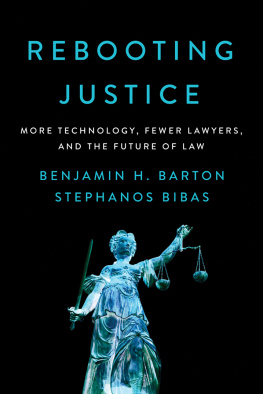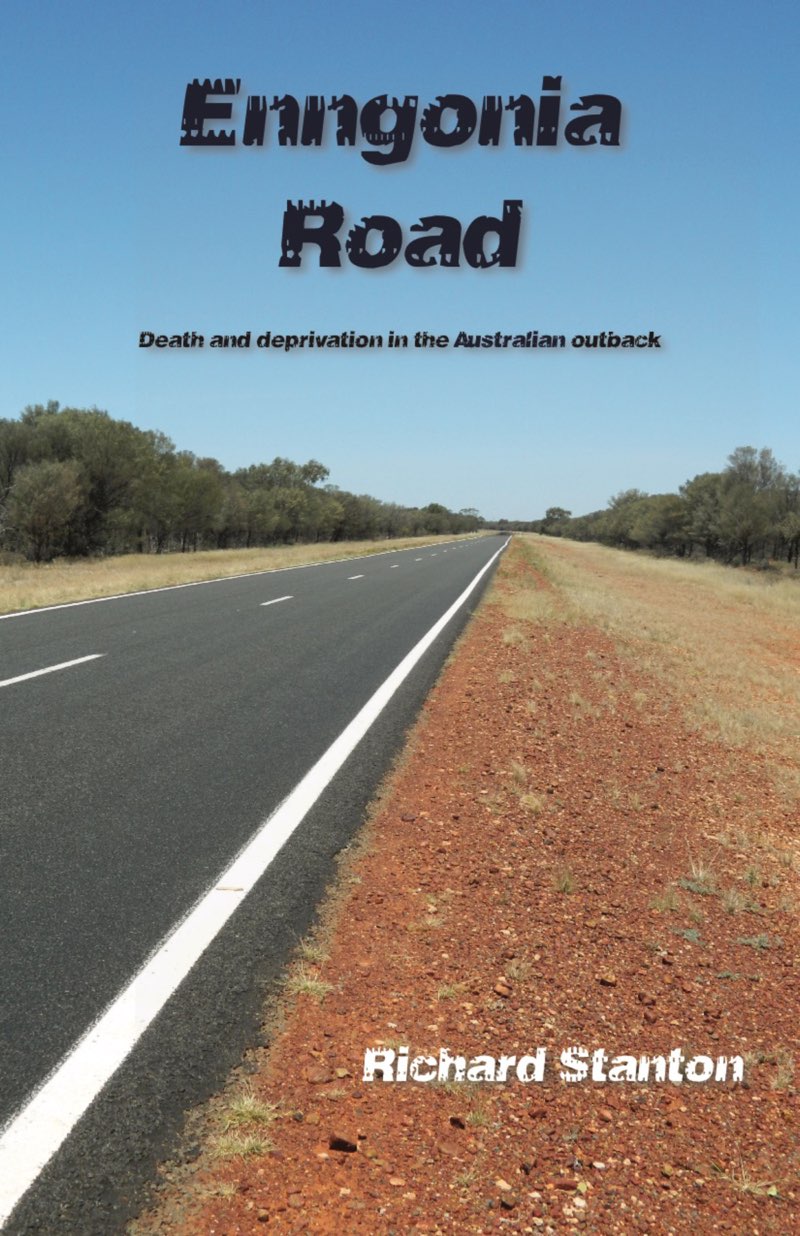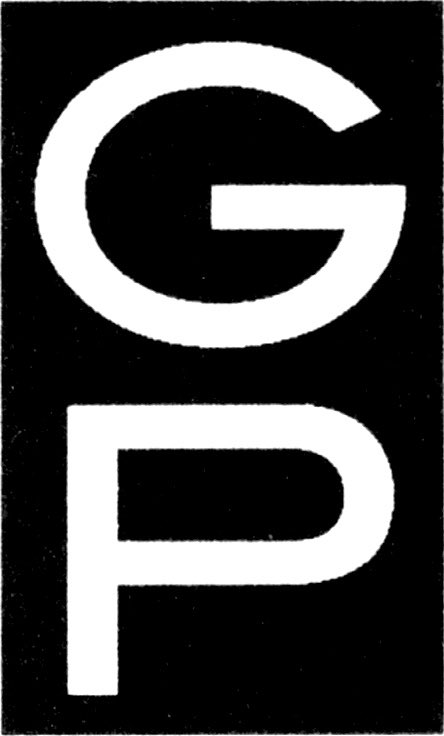All rights reserved. No part of this ebook may be reproduced, distributed or transmitted in any form or by any means without the prior written permission of the copyright holder. Requests for permission should be sent to the publisher at the address below .
Foreword
O n a lonely highway in the middle of the night, two teenage Aboriginal girls are killed in a crash. Like rag dolls, their bodies are thrown from the Toyota Hilux when it rolls at high speed. One suffers massive internal injuries. The other has her ear and scalp torn off. They bleed out in the dirt .
A drunk middle-aged white man crawls out of the crashed ute. Its after midnight. He spreads a green plastic sheet on the stony ground. He drags the dead fifteen-year-old onto the tarp and pulls her pants down. He pushes her top up, exposing her breasts. He tries to have sex with her. He stretches out with his arm across her breasts and goes to sleep .
The police charge him. He hires a criminal lawyer from the big end of town. An anonymous benefactor pays his expensive legal costs. The case drags on. Two years later, he fronts court. He walks .
This story is about the justice system that saw Alexander Ian Grant acquitted of killing Mona Lisa Smith and Jacinta Rose Smith and of a charge of indecently interfering with fifteen-year-old Jacinta when she was dead. It describes the sad events which led to their violent deaths. It analyses the police case, which was so fragmented that it failed to gain a conviction. It seeks to understand what caused the deaths of the girls, why the police got it so wrong and how the accused walked away from the crash without a scratch and away from the court a free man .

T he tragic events occurred north of Bourke, New South Wales, in 1987. Cousins Mona and Jacinta aged sixteen and fifteen died violently in a motor vehicle crash in the middle of the night. Mona and Jacinta were passengers in a utility owned by Alexander Ian Grant, who was so drunk he could barely speak. There were no other vehicles involved. The ute was going flat out before it skidded and rolled. The drivers side of the roof was smashed in. As her body was flung through the busted windscreen onto the bitumen, Mona was scalped. She rolled into a drain and bled out in the dirt. Her left ear was missing and there was a large gaping wound from her left eye back to the base of her skull. Her blood soaked into the parched earth .
Jacinta (also known as Cindy) suffered massive internal injuries. She died slowly. Grant was uninjured. He was still so drunk the next morning, a few hours after the accident, that he could not recall what had transpired that night .
What did happen was that sometime between midnight and 4.30 a.m., Grant stripped fifteen-year-old Cindys clothes off, laid her dead or dying body on a plastic sheet next to his busted ute, and attempted to have sex with her. He spent the next two years defending himself against causing the deaths of the girls and against the crime of offer indignity attempting to have sex with Cindy post- mortem .
The police took more than two years to build an acceptable prosecution case to take to trial. And then the case was badly managed from start to finish. The detective in charge appeared to be uninterested in obtaining a conviction. After all, it was only a couple of dead gins. Other officers, some more senior, appear to have been similarly disposed towards the cultural divide in and around Bourke .
A few months before the incident, one of the officers on the case had been injured in a riot in the nearby town of Brewarrina. The riot was triggered by the death in police custody of an Aboriginal man named Lloyd Boney. There was plenty of bad blood between the police and the Aborigines .
Alexander Ian Grant was an itinerant worker who claimed to own a share in a small business. There was no solid evidence to support his pumped-up claim. He lived in a caravan park and owned nothing of value. His costly defence was financed by anonymous benefactors. To his wealthy silent partners, cost was no object. They engaged Sydney law firm Picone & Howes and leading Sydney crime barrister Anthony Quinlivan for more than two years .
T his story is built on a forensic analysis of police and court transcripts, lawyers notes, lawyer interviews, official records of interviews, ambulance logbooks, coroners reports and author observations .
Times change and so it would be fair to say that Grant would not have got the same result had he been accused of killing Mona and Cindy today, almost thirty years later. On the other hand, he might still have escaped, given that Sydneys Lindt caf killer Man Monis was free on bail for sex charges when he took and killed a hostage in December 2014. The coronial inquiry into the Lindt caf siege that concluded in 2016 claimed to have been a careful factual analysis of what happened rather than a witch hunt. There was never any careful factual analysis of what happened in the dead of night on the Enngonia Road in 1987 until now .
Mona and Cindy had lived their brief unremarkable lives in Bourke, a moribund violent town on the edge of the outback. This book is therefore also a representation of the hopeless despair that hangs over such towns where life and death are cheap and where the tradable currencies are sex and drugs and alcohol .
Introduction
O n Saturday 5 December 1987, some time around 10 p.m., Mona and Cindy Smith took a ride in a Toyota Hilux with forty-year-old itinerant excavator operator Alex Grant. They drove north from Bourke, New South Wales, towards the Queensland border. They were near the village of Enngonia when the ute rolled and killed them .
The following morning before sunrise their bodies were found beside the wreckage of the ute. Mona had half her scalp torn off. As a result of being thrown violently through the front windscreen, her ear had been ripped off and she had sustained multiple internal injuries. Her younger cousin Cindy was found lying dead on a neatly arranged tarpaulin. Her tracksuit pants and underwear were around her ankles and her T-shirt was around her neck, exposing her breasts. Next to Cindy with his arm draped across her body lay Alex Grant, the owner of the vehicle .
Grant was so drunk he could not recount later what had occurred. He was taken to Bourke district hospital, where he was tested for blood alcohol content. While at the hospital, he gave a statement to police, followed later by another statement at Bourke police station. He then left town and travelled freely to Nyngan, more than two hundred kilometres away. A few days later, Bourke police drove to Nyngan, where they found Grant holed up in a sleazy motel still dressed in the clothes he had on at the time of the crash. He made no attempt to escape nor to resist. He was charged with two counts of wilful neglect or misconduct causing grievous bodily harm and, even more bizarre, owner permit unlicensed driver .

